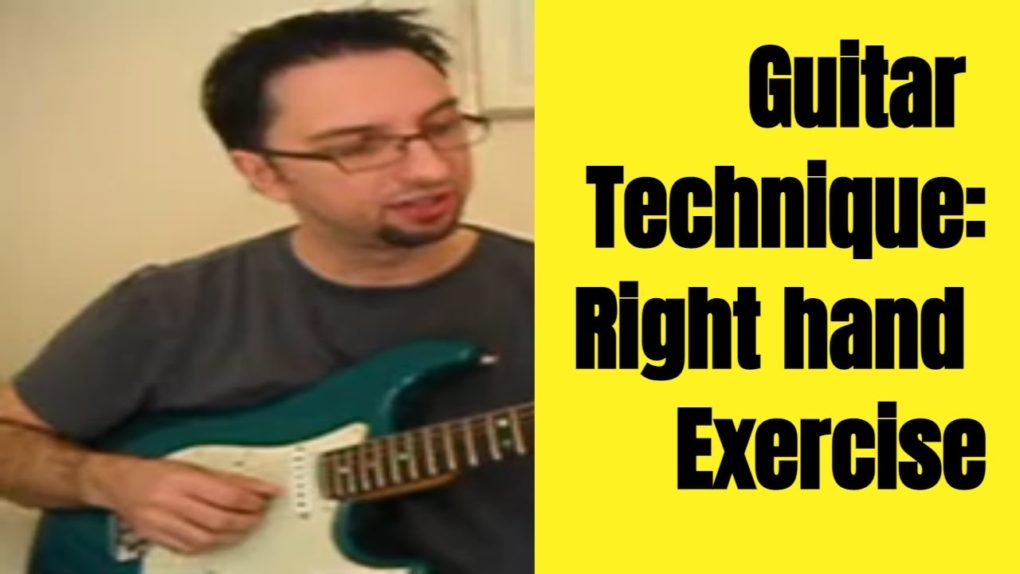
Category: Technical Exercises



Spider with a twist
The Spider (with a twist).
This is a great exercise, and I always advice doing this to guitarists that struggle with their left hand posture, or with playing with the tips of their left hand fingers.
The concept is simple: play a 1 2 3 4 finger combination like I show you in the video, and as you have played one note, keep that finger down until you need it again! Do not take it off the fretted note until you need that finger again to play another note. This is not going
to be easy if you are a beginner, but if you do it properly , it will increase the independence of each finger very quickly. Of course, remember that you have to play in a very relaxed way, and if you feel
tension in your left hand, stop playing and let the blood flow back in to your fingers lightly shacking your hand by your side.
Good luck.

Never-ending chromatic scale
Never ending chromatic scale exercise.
I think this video is pretty self explanatory. All you have to do is play a continuous chromatic scale without ever breaking the flow of semitones, without any restrictions in terms of fingering or direction on the fretboard. This means you are free to move up, down, diagonally, shift position on a single string play diagonally, as long as you move a semitone (= a fret) up or down. The goal is to have a very even sound no matter what you decide to do. This will give you a more improvised approach to your study of technique, much closer to a real playing situation. After you got the concept and you feel comfortable with the exercise, get the metronome out, and challenge yourself to play this faster, or longer, without making mistakes.

Finger combinations Pt.2 – the next level
Finger Combinations Pt2 – The next level
Same exercise, just taking it to the next level: play the combinations in different divisions (quarter note, eight note, triplets, quintuplets, and so on…) and at different tempos (but it’s not about speed…it’s about precision and clean technique, remember). Also use stretches between the 1st and 2nd finger, and between the 3rd and 4th. Try using legato: if you are moving to a higher number, you will be hammering-on, to a lower number, pulling off.